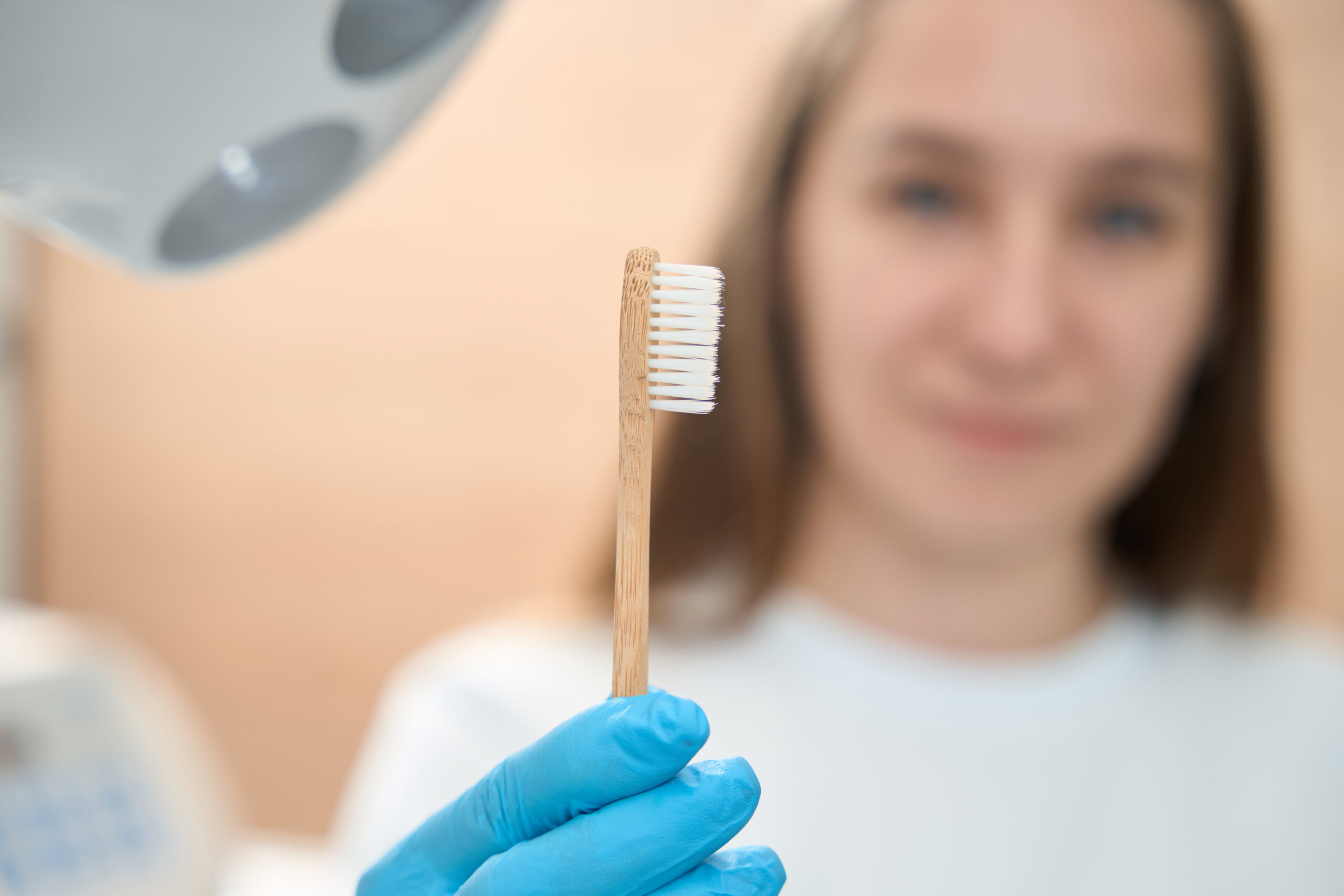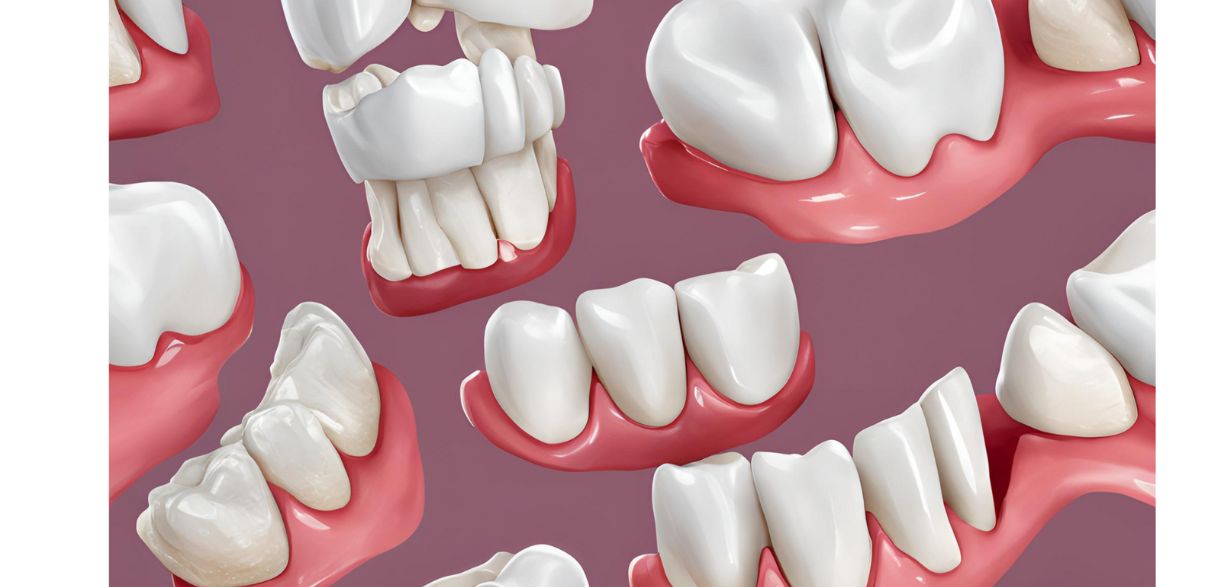Book An Appointment

Teeth whitening strips are a popular choice for achieving a brighter smile at home. They offer a convenient, cost-effective solution for removing stains and discoloration. However, one common question that arises is whether you should brush your teeth after using whitening strips. In this comprehensive guide, we will explore the ins and outs of teeth whitening strips, including their usage, effectiveness, and the best practices for post-treatment care.
Understanding Teeth Whitening Strips
What Are Teeth Whitening Strips?
Teeth whitening strips are thin, flexible strips coated with a peroxide-based whitening gel. The peroxide acts as a bleaching agent, penetrating the enamel to break down stains and lighten the color of the teeth. Whitening strips are designed to be worn on the teeth for a specific period, usually ranging from 30 minutes to an hour, depending on the product.
How Do Teeth Whitening Strips Work?
- Application: The strips are applied directly to the teeth, with the gel side in contact with the enamel.
- Activation: The peroxide in the gel breaks down stains and discoloration on the teeth.
- Absorption: The whitening agents are absorbed into the enamel, leading to a lighter tooth shade over time.
- Removal: After the designated time, the strips are removed, and any remaining gel is typically wiped away.
Benefits of Using Whitening Strips
Convenience
Teeth whitening strips are user-friendly and convenient. They can be used at home without the need for professional supervision, allowing you to brighten your smile at your own pace.
Affordability
Compared to in-office whitening treatments, whitening strips are relatively inexpensive. They offer a cost-effective option for those looking to achieve whiter teeth without breaking the bank.
Gradual Results
Whitening strips provide gradual, noticeable results over time. Most products require daily use for a period of 7 to 14 days, giving you control over the level of whitening you achieve.
Brush Your Teeth After Using Whitening Strips?

The Impact of Whitening Strips on Your Teeth
Whitening strips contain peroxide, which can temporarily affect the sensitivity of your teeth and gums. After removing the strips, your teeth may be more porous, and brushing immediately could potentially cause discomfort or irritation.
Recommendations for Post-Treatment Care
- Wait Before Brushing: It is generally recommended to wait at least 30 minutes after removing the whitening strips before brushing your teeth. This allows your teeth to rehydrate and the enamel to regain its natural state after the whitening treatment.
- Gentle Brushing: When you do brush, use a soft-bristled toothbrush and fluoride toothpaste to avoid further irritation. Brush gently to avoid damaging the enamel or aggravating sensitivity.
- Rinse with Water: If you prefer not to wait, rinsing your mouth with water after removing the strips can help remove any residual gel and minimize sensitivity. This can be a temporary measure before you resume your normal brushing routine.
Potential Issues with Brushing After Whitening Strips
Enamel Sensitivity
After using whitening strips, your teeth might experience temporary sensitivity. Brushing immediately could exacerbate this sensitivity, causing discomfort. Waiting before brushing allows the enamel to recover and reduces the risk of irritation.
Gum Irritation
The whitening gel can sometimes cause mild irritation to the gums. Brushing too soon after treatment could potentially increase this irritation. Allowing some time between removing the strips and brushing helps minimize any potential gum discomfort.
Tips for Maintaining Optimal Oral Health After Whitening
Follow Instructions
Always follow the instructions provided with your whitening strips. Different products may have specific recommendations for post-treatment care, including how long to wait before brushing.
Use a Soft-Bristled Toothbrush
Opt for a soft-bristled toothbrush to minimize abrasion and sensitivity. Hard-bristled brushes can be too harsh on the enamel and gums, especially after whitening treatments.
Choose Fluoride Toothpaste
Fluoride toothpaste helps strengthen the enamel and protect against sensitivity. Using a fluoride toothpaste after whitening strips can help maintain the health of your teeth and reduce discomfort.
Avoid Acidic Foods and Beverages
Acidic foods and drinks can weaken enamel and increase sensitivity. After using whitening strips, try to avoid consuming acidic foods and beverages for at least 30 minutes to protect your teeth.
Stay Hydrated
Drinking plenty of water helps keep your mouth hydrated and rinse away any residual whitening gel. Proper hydration supports overall oral health and helps maintain the results of your whitening treatment.
Regular Dental Check-Ups
Regular visits to your dentist are essential for maintaining optimal oral health. Your dentist can provide guidance on the best whitening practices and address any concerns related to sensitivity or enamel health.
Using teeth whitening strips is a popular and effective way to achieve a brighter smile at home. However, it is important to follow best practices for post-treatment care to ensure the health and comfort of your teeth. Waiting at least 30 minutes before brushing, using a soft-bristled toothbrush, and opting for fluoride toothpaste can help minimize sensitivity and protect your enamel.
Taking these steps will not only enhance the appearance of your smile but also contribute to your overall dental health and well-being. Whether you’re using whitening strips or considering other whitening options, proper care and attention to your teeth are key to achieving and maintaining a bright, healthy smile.






